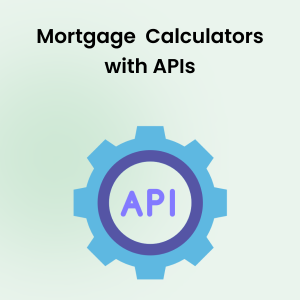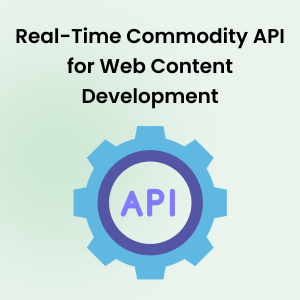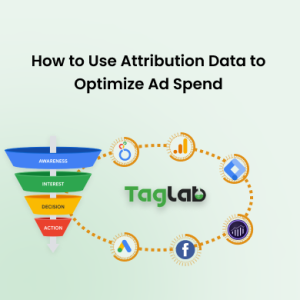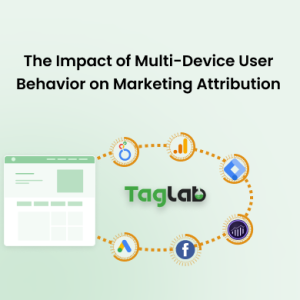Your cart is currently empty!
Payback Period Metric Definition
Posted by:
|
On:
|
The Payback Period measures the time it takes for a business to recoup the costs of acquiring a customer or making an investment. It is a crucial metric for businesses, especially those with subscription models, as it helps determine how long it takes for the revenue generated from a customer to cover their acquisition cost (CAC). A shorter Payback Period indicates a quicker return on investment, leading to improved cash flow and profitability.
Detailed Explanation
What is the Payback Period?
The Payback Period is the time required to earn back the initial investment or cost of acquiring a customer. It helps businesses understand how quickly they can recover the expenses associated with customer acquisition and is often used in financial planning and budgeting to assess the efficiency of sales and marketing strategies. A shorter Payback Period allows companies to reinvest in growth sooner.
How it Works?
The Payback Period is calculated using the following formula:
Payback Period = Customer Acquisition Cost (CAC) / Monthly Recurring Revenue (MRR) per Customer
This formula calculates the number of months it takes for the revenue generated by a customer to equal the cost of acquiring that customer. For non-recurring revenue models, the formula may vary based on the revenue generated per customer over time.
Types of Payback Period Insights
- Monthly Payback Period: Measures the time in months for a customer to generate enough revenue to cover their acquisition cost.
- Annual Payback Period: Tracks the time in years for recovering investments in long-term projects or customer acquisition.
- Segmented Payback Period: Analyzes the Payback Period across different customer segments, such as by subscription tier, marketing channel, or geographic location.
Illustrative Scenarios
Examples
- A SaaS company with a CAC of $300 and an MRR per customer of $100 calculates its Payback Period as 3 months, meaning it takes 3 months for the company to break even on the investment in acquiring a new customer.
- An e-commerce store calculates its Payback Period for a marketing campaign by dividing the campaign cost of $5,000 by the average monthly revenue generated from customers acquired through the campaign, resulting in a Payback Period of 4 months.
Segmentation
The Payback Period can be segmented by marketing channel, customer demographics, or product categories to gain deeper insights into which segments provide a quicker return on investment. For example, businesses can analyze whether customers acquired through organic search have a shorter Payback Period compared to those acquired through paid ads.
Factors Influencing Payback Period
- Customer Acquisition Cost (CAC): Higher CAC can lengthen the Payback Period, making it crucial to optimize acquisition costs.
- Monthly Recurring Revenue (MRR): Higher MRR per customer shortens the Payback Period by generating revenue faster.
- Customer Retention: Retained customers continue to generate revenue, helping recover acquisition costs more quickly.
- Upselling and Cross-Selling: Encouraging customers to purchase additional products or services can increase revenue, reducing the Payback Period.
- Pricing Strategy: Adjusting pricing models can influence the revenue per customer, affecting the time needed to recover acquisition costs.
Strategies to Shorten Payback Period
- Optimize Acquisition Channels: Focus on channels that deliver high-value customers at a lower acquisition cost.
- Increase MRR per Customer: Introduce pricing tiers or add-ons that boost the average revenue per customer.
- Improve Customer Retention: Implement strategies to reduce churn, such as loyalty programs, personalized support, and regular customer engagement.
- Focus on Upselling and Cross-Selling: Encourage customers to upgrade or purchase additional services to increase revenue.
- Analyze Customer Segments: Identify segments with shorter Payback Periods and adjust marketing strategies to attract similar customers.
Benchmark Indicators
Understanding Payback Period benchmarks by industry helps businesses evaluate their customer acquisition efficiency and set realistic goals for improving profitability:
- Technology Industry: Payback Period benchmarks typically range from 3 to 6 months for SaaS companies, depending on customer acquisition costs and pricing strategies.
- Healthcare Industry: Payback Period benchmarks range from 4 to 8 months, focusing on subscription-based wellness and telehealth services.
- Financial Services: Payback Period generally ranges from 3 to 6 months, particularly for subscription-based financial tools and advisory services.
- E-commerce: Payback Period benchmarks range from 2 to 4 months, with variations depending on average order value and customer lifetime value.
- Education Sector: Payback Period can range from 3 to 7 months, influenced by subscription models for online courses or learning management systems (LMS).
- Telecommunications: Payback Period benchmarks range between 6 to 12 months, particularly for bundled services like internet, phone, and cable subscriptions.
Tools for Measuring Payback Period
- Analytics Platforms: Tools like Google Analytics and Mixpanel can track revenue per customer and calculate the time needed to recover acquisition costs.
- CRM Systems: Platforms like Salesforce and HubSpot help track customer acquisition costs and MRR, providing insights into the Payback Period.
- Financial Management Software: Software like QuickBooks and Xero can track revenue trends and expenses, helping to calculate Payback Period accurately.
Common Pitfalls and Mistakes
- Focusing Only on Revenue Growth: Prioritizing revenue growth without managing CAC can lead to extended Payback Periods.
- Ignoring Customer Feedback: Not addressing feedback from customers can result in preventable churn, lengthening the Payback Period.
- Not Segmenting Customers: Failing to segment customers can make it difficult to identify segments with shorter Payback Periods and optimize acquisition efforts.
- Overlooking Upsell Opportunities: Not promoting higher-tier plans or add-ons can result in slower revenue growth, extending the Payback Period.
- Underestimating Acquisition Costs: Miscalculating CAC can lead to inaccurate estimates of the Payback Period and hinder strategic planning.
Frequently Asked Questions
What is the Payback Period?
The Payback Period measures the time it takes for a business to recoup the costs of acquiring a customer or making an investment through the revenue generated.
Why is the Payback Period important?
The Payback Period is important because it helps businesses understand how quickly they can recover their acquisition costs, guiding strategies for growth and reinvestment.
How can I shorten my Payback Period?
To shorten the Payback Period, optimize acquisition channels, increase MRR per customer, improve retention, focus on upselling, and analyze customer segments for faster returns.
What factors influence the Payback Period?
Factors influencing the Payback Period include customer acquisition cost (CAC), monthly recurring revenue (MRR), customer retention, upselling efforts, and pricing strategy.
What are good benchmarks for the Payback Period?
Good benchmarks for the Payback Period vary by industry, with periods below 6 months considered good, while periods above 12 months suggest a need for improved acquisition or revenue strategies.



